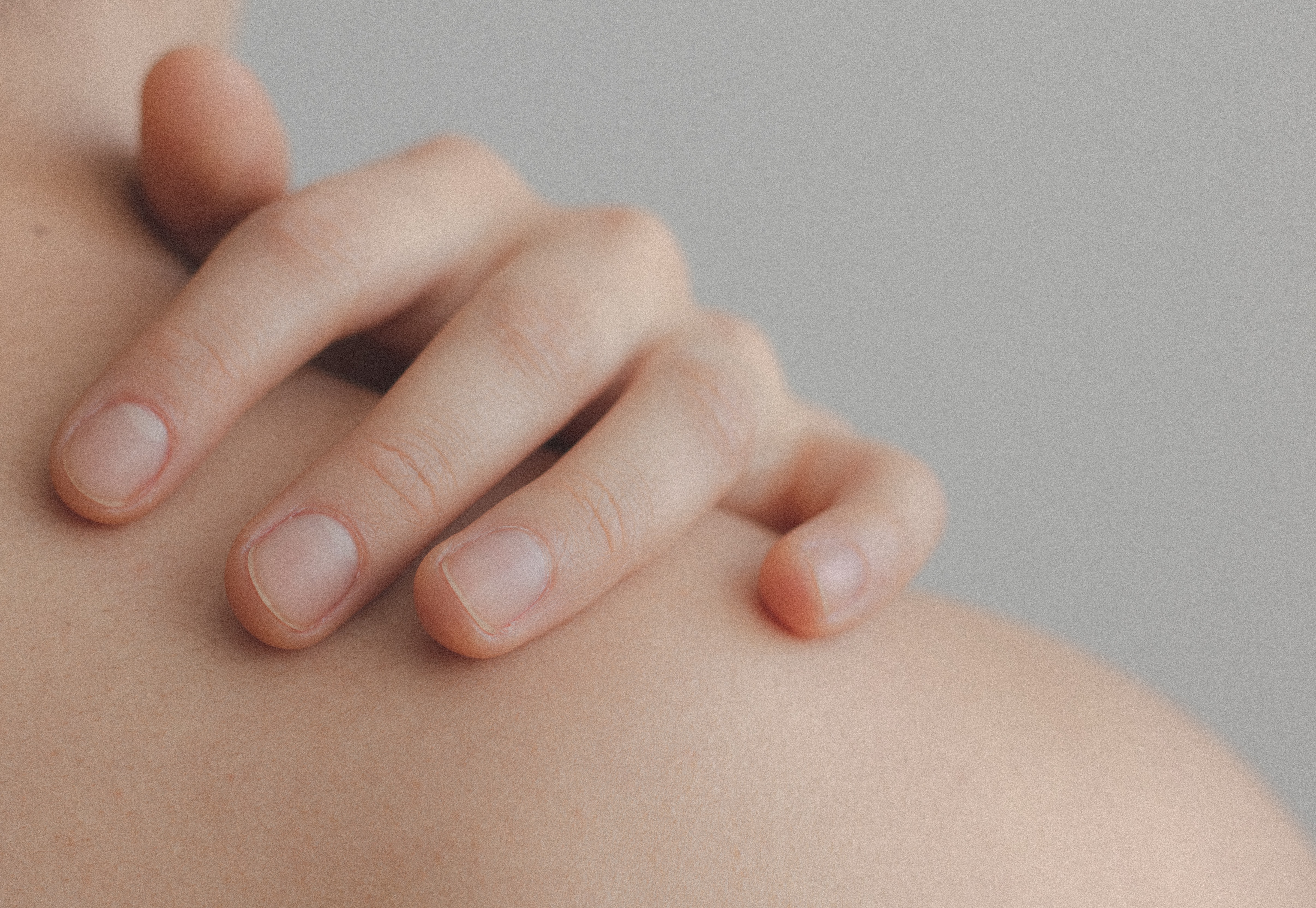
Take this skin quiz to find the best ingredients for your skin and build your skin care routine.
Take The Skin Quiz
Collagen is the main structural protein in human connective tissues, most notably our skin. The vast majority of the collagen in our skin is found in the dermis the second layer of skin that sits beneath the epidermis), where it's also produced. Skin cells in the dermis (fibroblasts) synthesize the collagen that holds the rest of the dermis together, giving our skin its underlying structure.
As for the structure of collagen itself, it’s kind of like a braid or rope: Individual amino acids link up to form long chains, which bundle together to form thicker strands. Those strands then twist and coil around each other to form triple helices. Finally, those helices connect end to end and stack on top of each other to form clusters called fibrils. In other words, collagen is a pretty complex and massive molecule.
That’s why creams formulated with pure collagen simply can’t live up to their lofty claims— those huge braided molecules are just too big to penetrate your epidermis, and definitely too big to get down into the dermis where the real magic happens. So even though collagen creams feel nice and may help moisturize the skin, that’s about it in terms of benefits.
Pores are itsy-bitsy openings in the skin—and there are millions covering every millimeter of skin. There are two types of pores with different functions: sweat pores and oil pores. The sweat pore allows moisture, produced by sweat glands, to exude out to the surface of the skin, where it helps to cool the body in response to heat, exertion or fever. Sweat pores are so tiny, they are mostly invisible to the human eye.
The oil pore, on the other hand, is a bit larger. Oil pores are also known as hair follicles because these pores produce oil from the sebaceous glands, but they are also the openings from which hair emerges. The oils help to keep our skin and hair healthy. It is the oil pores that can get clogged with sweat, debris and other gunk, causing acne, blackheads and whiteheads. Sweat pores rarely get clogged, as they are so tiny.
Benzoyl peroxide is a topical agent for fighting bacteria and unclogging pores. It is one of the longest-used medications to keep pores clean and healthy. Jojoba oil and rosehip oil are also good for reducing inflammation, fighting bacteria, and keeping in moisture for healthier skin. Ingredients that help exfoliate dead skin cells and increase new skin cell production, such as Vitamin A/Retinol, glycolic acid, and salicylic acid, are good for keeping pores unclogged as well.
collagen may be effective for clogged pores, but there are many other factors that may affect whether this ingredient would work on your skin or if there are better ingredients that may work for you. Take this skin quiz to find the best ingredients for your skin and build your skincare routine.
Next: Does vitamin A work on fine lines ?